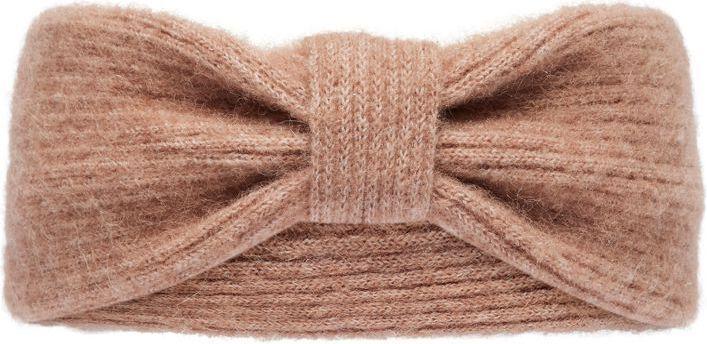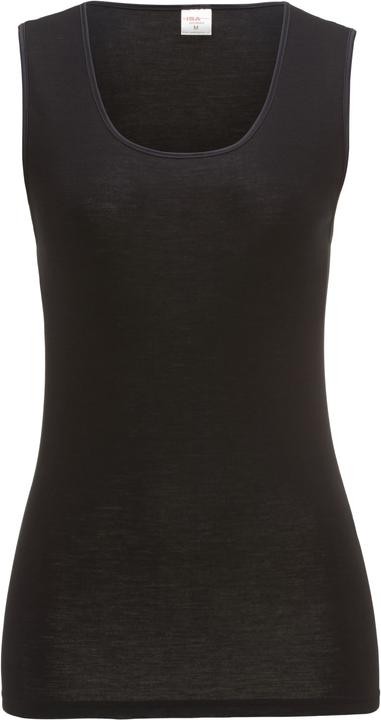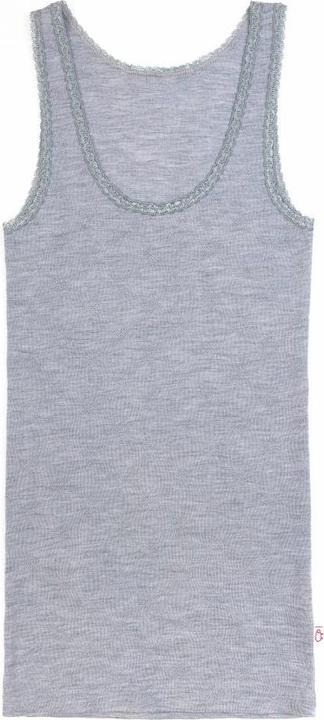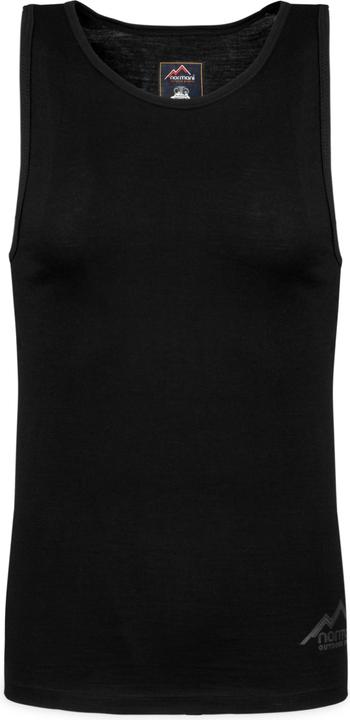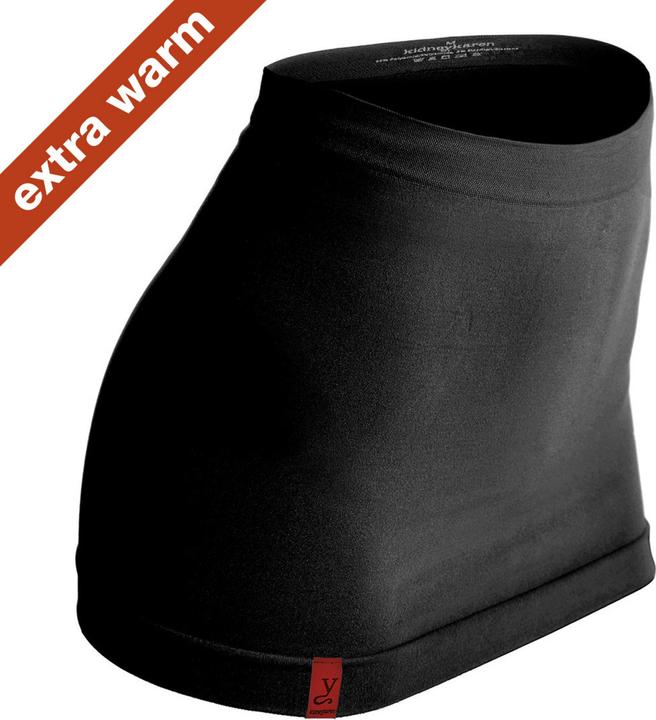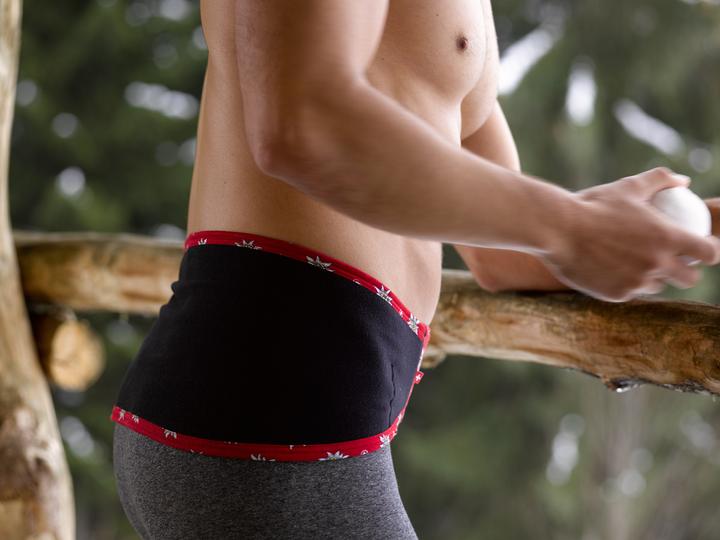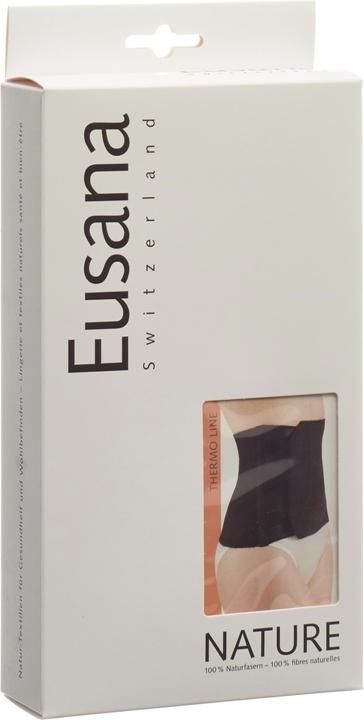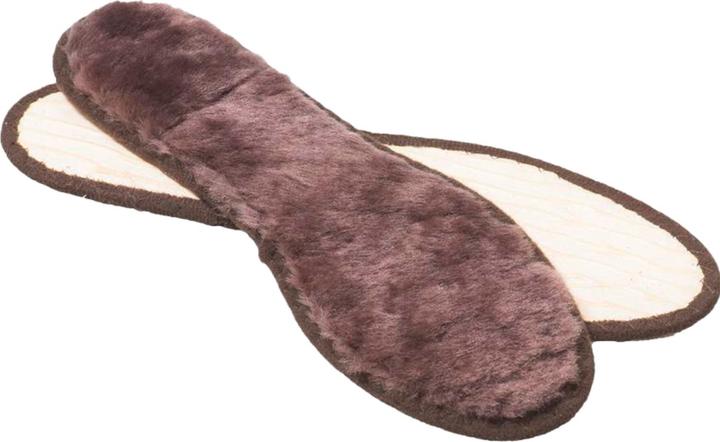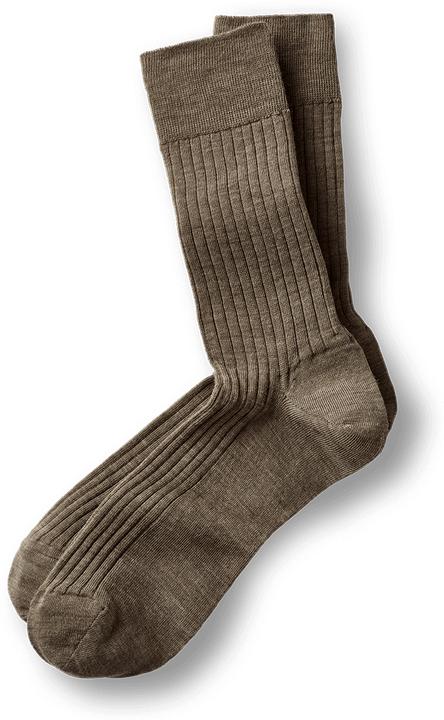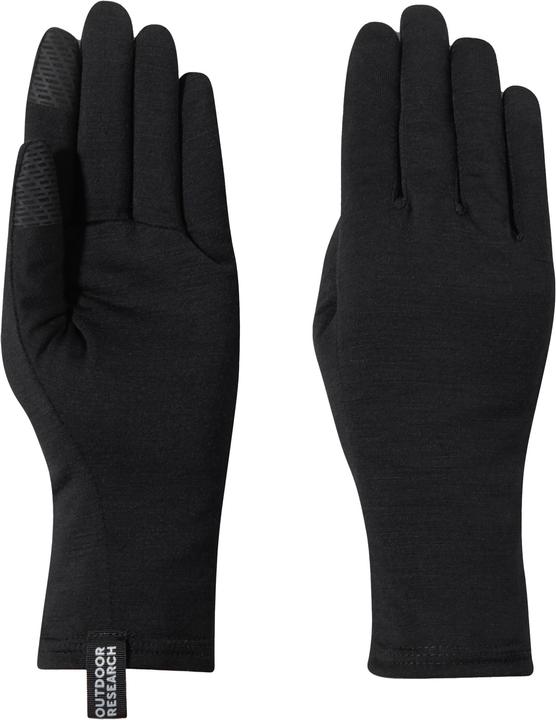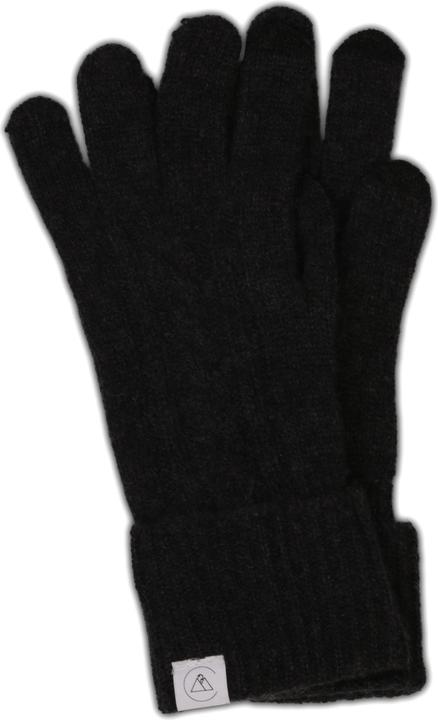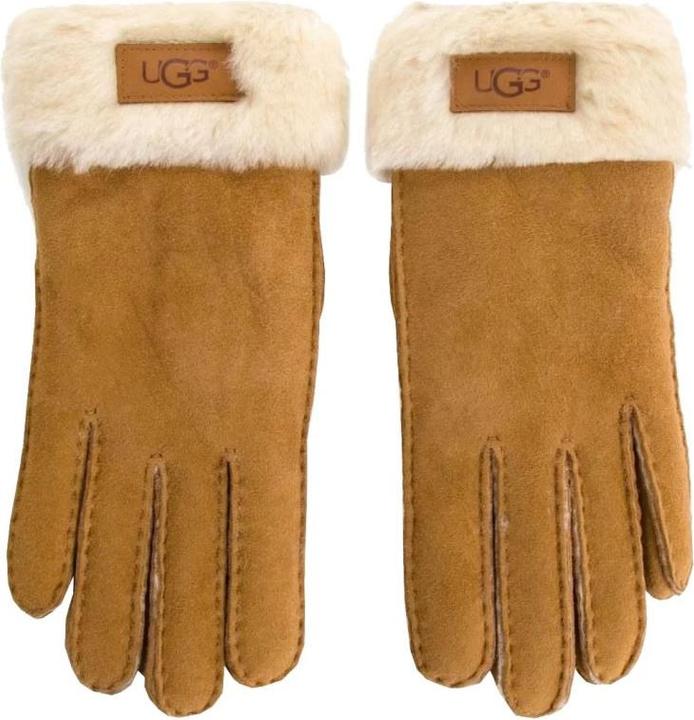

5 clothing essentials to help you fend off the cold effectively
Despite seeing unsettlingly warm temperatures this November, we’re bound to be in for a cold snap sooner or later. Here are the materials to bundle yourself up in – and the ones you’d better avoid.
We’re yet to see a proper frost. Which is nice, given that putting the heating on is a luxury these days. And suspicious, seeing as we’re halfway through November. That being said, I’m pretty sure the icy cold – you know, the kind that creeps mercilessly into each layer of clothing – is on its way. Later than usual, but maybe it’ll pack even more of a punch because of it.
Are your teeth already chattering at the thought? Mine were, too. Until I asked myself why I get so horribly cold in the first place, and which clothes are best suited to preventing that.
Why and where does the body get chilled?
When temperatures plummet, the body works overtime to keep its important functions running and keep the organs warm. As a result, more blood than usual is pumped into your core. That’s a tough break for all the extremities, which receive less blood, causing them to cool down. The further away from the centre of the body, the more drastically this effect is felt. So, you’re not just imagining that the winter is having a profound effect on your hands and feet. It really is happening.
And the one time of year keeping a cool head isn’t desirable? Well, that can be explained too. Your head is where your brain, eyes, nose, ears and mouth are located – that’s a fair few organs squeezed together. Since they all need to be kept at a comfortable temperature, there’s not much heating power left for the outer shell. Not only that, but the skin reduces its sebum production when it’s cold, leaving your face without its natural protection against the incessant wind and winter weather.
And then there’s the kidneys. Though they’re located more towards the centre of the body, they’re relatively close to the skin, meaning they run the risk of getting chilled. Why should this be prevented at all costs? Kidneys under attack from the cold don’t do their job (removing toxins from the body) properly, which weakens the immune system as a whole. This way, it’s easy for ailments such as bladder infections to take hold.
Now that I’ve got the problem areas and their causes out of the way, it’s time to lay the perfect foundation for keeping cosy this winter.
The correct material and sensible layering are key
Natural, breathable materials like wool, silk and lambskin or functional textiles like fleece should be your closest allies in cold temperatures. And I mean «close» in the truest sense of the word. After all, your bottom layer of clothing is best placed directly against your skin for the ideal level of insulation.
Of course, I’m saying «bottom layer» here because several more will go on top. The benefit of the infamous onion look is no myth – it really is the best way to keep nice and warm when temperatures fall. The air pockets between the individual layers provide a kind of insulation effect. With this in mind, the more layers you have on, the better insulated you are from the cold. That’s why it’s advisable to go for numerous, thin layers in winter, instead of relying on one seemingly thick one.
1. Hats and ear warmers
2. Wool or silk undershirts
3. Kidney protection
4. Insulating socks and insoles
5. Gloves
Once you’ve laid the foundation in fabrics, you can pretty much go on «onioning up» as you please. Layer yourself up with long-sleeved tops, fleece pieces, tights and woolly jumpers like you’re a sumptuous French dessert. Like I said, the more layers, the better the insulation. Just remember to stick to the right materials.
You should steer clear of cotton in winter. It hardly retains any heat, but it does capture vast amounts of moisture. And it takes an uncomfortably damp eternity before your cotton layers dry out completely.
Header image: Matt Hardy via Pexels
Always in the mood for good hits, great trips and clinking drinks.
Practical solutions for everyday problems with technology, household hacks and much more.
Show all